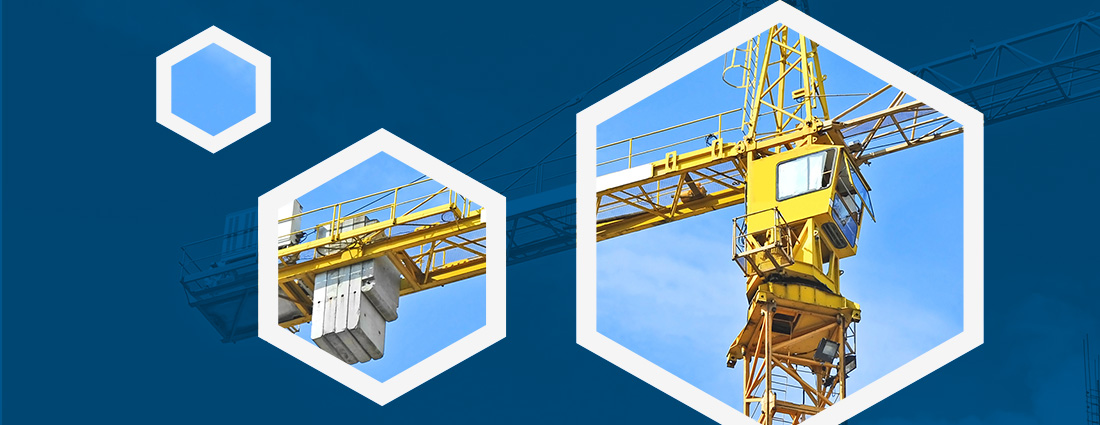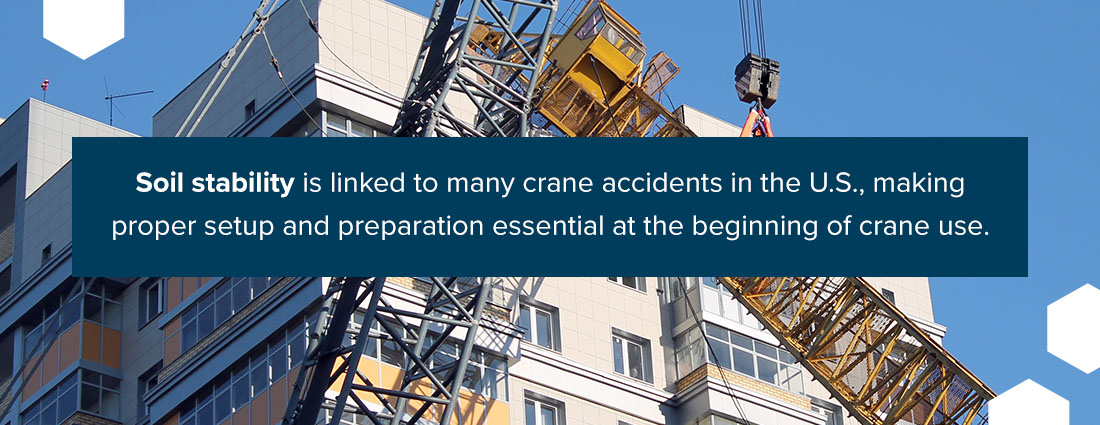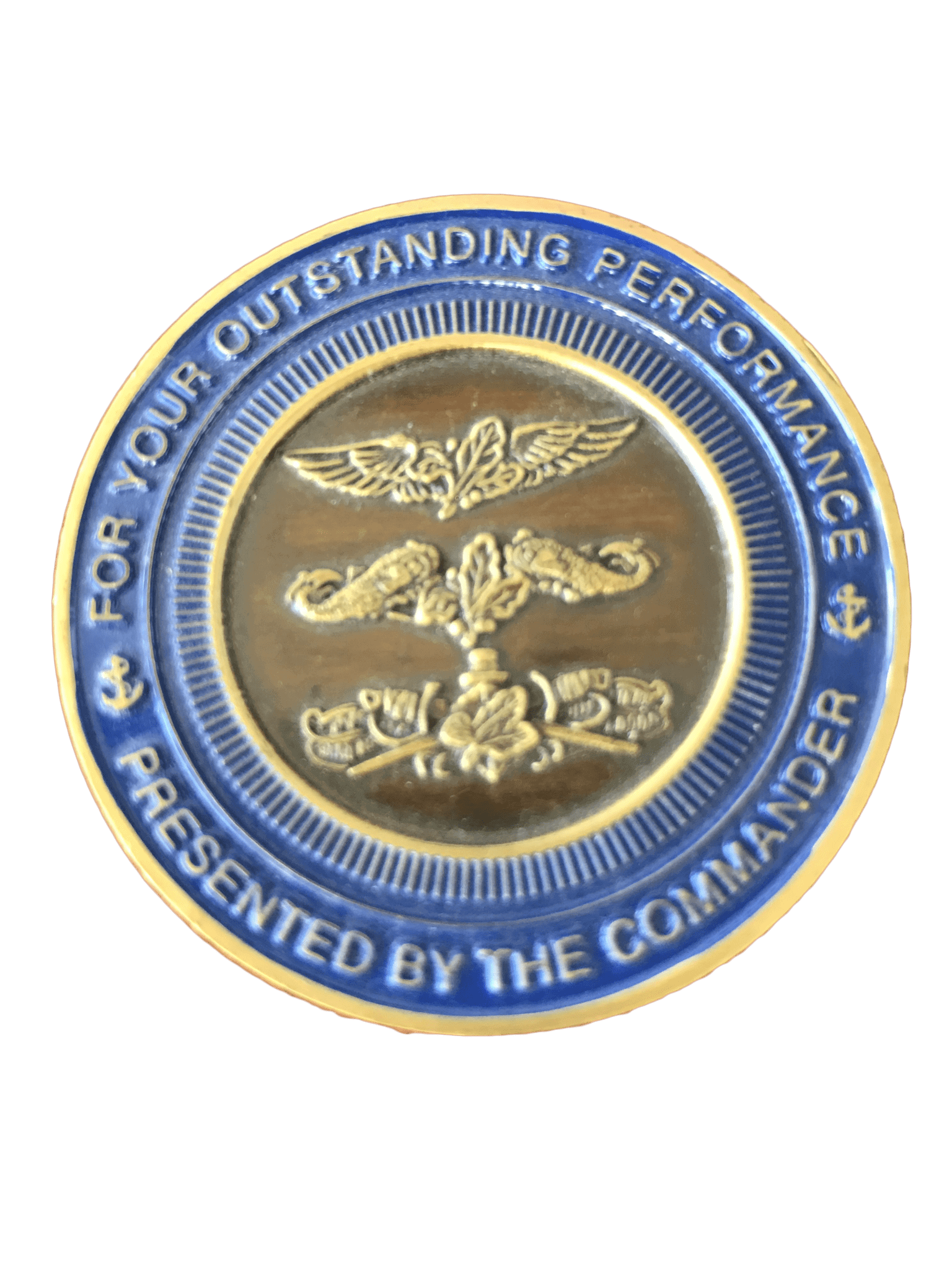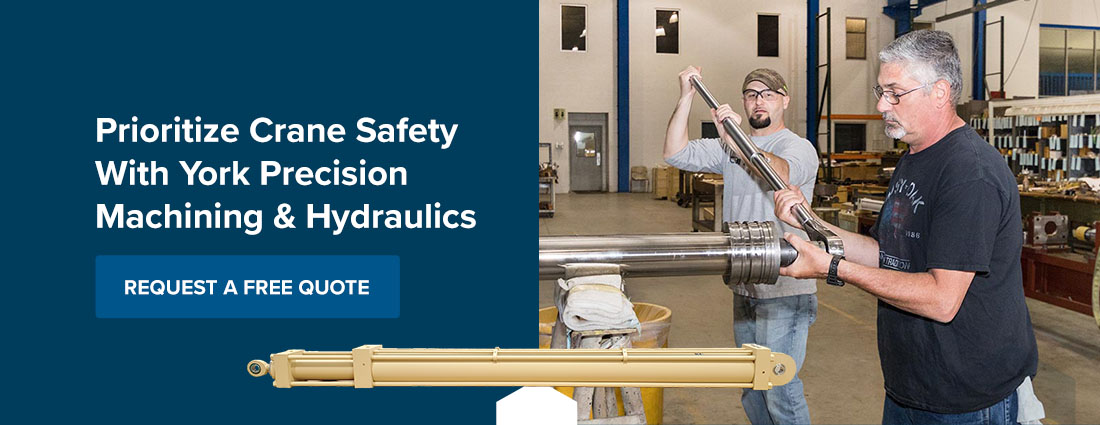An Overview of Crane Accident Prevention

Cranes are among the largest and most powerful machines used in military, shipping port and construction applications. Only 42,260 licensed crane and tower operators work throughout the United States — a testament to the challenges they must overcome during their work. Accidents involving cranes can be catastrophic, resulting in fatalities, serious injuries, property damage and financial losses.
All employers and operators must understand the risks of crane accidents and prevention protocols to effectively mitigate them. Organizations are constantly looking for innovative safety equipment to reduce the chance of machine failure and have failsafe systems in place to act fast.
Common Causes of Crane Accidents
A crane's immense size and power can pose serious risks to workers and equipment while in use. Crane accidents can have devastating effects, and the first step to preventing them is to identify common causes:
- Crane collapse: Crane stabilizers and outriggers maintain equipment stability during operation. If operators surpass or install their load limits incorrectly, it puts additional pressure on the hydraulic system and the crane can buckle or collapse completely.
- Improper assembly and use: Crane installation is relatively straightforward, but errors can cause accidents. Extending the boom past original equipment manufacturer (OEM) specifications or misusing blocking supports poses a significant risk.
- Mechanical failure: Crane components are subject to challenging operating environments. Over time, the moving components wear out, and regular maintenance is necessary for the crane to succeed.
- Inadequate training: Untrained crane operators are unaware of potential risks that could pose a safety hazard, such as the unavailability of a signal person.
The Impact of Crane Accidents
Crane accidents have far-reaching impacts on operators and organizations. Statistics show an average of 44 deaths a year involving cranes, over 50% of which involved a worker struck by an object or piece of equipment. Injuries caused by crane accidents can be catastrophic, resulting in significant medical costs and potential legal consequences.
Depending on the context of the accident, workers may be entitled to compensation for their medical treatment and recovery time costs. If the injury is severe, they may be unable to return to work. Organizations are open to personal injury, compensation claims and lawsuits. Reputational damage is also a concern, as many clients choose not to work with employers after serious construction accidents.
Crane Operation and Safety Measures
The impact of crane accidents highlights the need for stringent safety measures for operation. Over 25% of crane accidents in the past occurred at construction sites, but any organization using a crane must pay particular attention to workplace safety. It begins with pre-operation inspections, setup and positioning.

Soil stability is linked to many crane accidents in the U.S., making proper setup and preparation essential at the beginning of crane use. Operators should use a daily inspection checklist to ensure the crane is safe and pay close attention to the hydraulics and safety system. Some critical inspection areas include:
- Crane components showing signs of wear.
- Hoisting and lowering functions.
- Trolley and bridge travel.
- Limit switches.
- Hydraulic locking and safety devices.
Operators must also ensure they stabilize the crane before use and follow OEM guidelines for outrigger extension. Outrigger placement is paramount to avoid tipovers and other accidents. They should never be placed on soft or unsteady ground or over voids.
Workplace Safety Regulations and Standards
The Occupational Safety and Health Administration (OSHA) outlines detailed requirements to promote crane safety. Employers and crane operators must maintain compliance with these regulations to avoid potential litigation and hefty fines of up to $161,323 per violation.
Inspections are the number one OSHA crane violation, but organizations can also make errors in several other crucial safety areas. OSHA has several crane safety requirements, and primary regulations include:
- Standard 1910.180: This standard covers crawler locomotives and truck cranes. Operators must frequently inspect control systems, including daily inspections for leakage and deterioration in hydraulic systems.
- Standard 1926.1402: Operators and employers must only assemble and use a crane if the ground is firm, drained and graded to operate safely with the necessary supporting materials, including blocking, cribbing and mats.
- Standard 0196.1412: A qualified person must inspect any crane modifications or additions that affect its safe operation, including the braking system and load-sustaining structural components.
- Standard 0926.1427: Employers must ensure that all crane operators are trained and licensed to operate cranes and the associated equipment.
- Standard 1926.1428: Employers must ensure that every signal person meets the qualification requirements.
Hydraulic Component Safety
High-quality, reliable hydraulic components are integral to crane safety. Sudden power loss or hydraulic system failure can happen even when following OEM load limits and conducting frequent inspections. These system failures can cause the crane to lose balance, drop the load or swing the boom.
At that point, a falling load or the equipment itself could strike any workers or other equipment near the crane. Hydraulic system maintenance is essential to mitigate these risks.
In addition to regularly inspecting hydraulic components to identify and address wear and tear, organizations can reduce the chance of injury or property damage with Bear-Loc®.
The Bear-Loc® From York Precision Machining & Hydraulics LLC
Organizations across industries trust Bear-Loc® for infinite position locking, zero-backlash and high stiffness. Unlike traditional safety systems, Bear-Loc® uses a positive locking system on a hydraulic actuator to automatically engage when pressure is accidentally or intentionally lost. Its reliable, fail-safe performance holds loads indefinitely with no drift. It has perfect positioning to enhance crane safety. As hydraulic pressure is applied, the sleeve expands to create enough clearance for the rod lock to stroke.
Bear-Loc® locks instantly when pressure is removed at any position in the rod stroke and offers up to four million pounds of load-holding capacity. Even if all hydraulic fluids are lost, it will hold its position. The device is available in various configurations, and for a wide variety of applications, from crane hydraulic systems to roller coasters.
Prioritize Crane Safety With York Precision Machining & Hydraulics
Human error is one of many factors that drive up the injury and fatality risk when working with cranes. Poor inspection and maintenance efforts can cause crane failure, and sometimes, it happens even when you follow safety best practices. If a hydraulic system fails, having Bear-Loc® in place prevents boom movement and thermal creep.
The York Precision Mining & Hydraulics team custom manufactures hydraulic system components for the construction industry, including hydraulic cylinders and actuators. They come complete with the Bear-Loc® hydraulic cylinder locking device. Our in-house engineers are passionate about making your construction site safer and more profitable.
Contact Us for the Bear-Loc®, or reach out to our team to learn more about enhancing crane safety and combating potential accidents today.
Awards & Certifications

ITAR Registered #M39417

Outstanding Performance

Excellence Presented By Commander

SIBC Member

ACIBC Member

NFPA Member

Made In USA
Last Updated: December 15th, 2019



